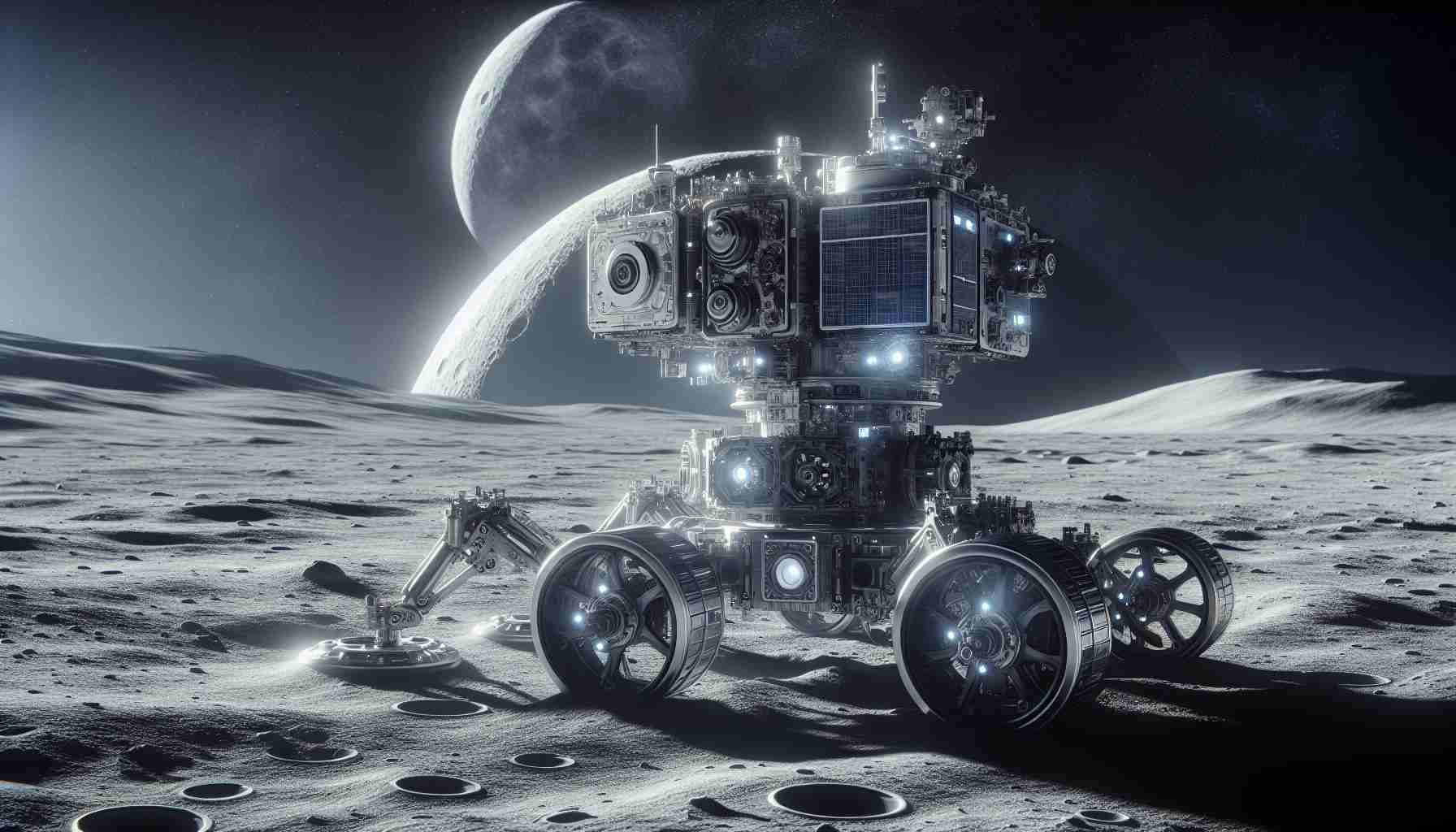Intuitive Machines, a provider of commercial lunar delivery services for NASA, plans to send its lunar lander, Nova-C, with the payload of a navigational Doppler lidar NDL.
The lander will be launched as part of the Artemis 1 mission on February 14 and will carry numerous scientific and technological payloads for NASA, including the NDL – an innovative navigational system developed by NASA’s Langley Research Center under the Space Technology Mission Directorate. Intuitive Machines’ lander has completed all integration stages and is currently inside SpaceX’s cargo capsule, ready for the mission.
Artemis 1 mission launching on February 14 with an innovative payload (Image: NASA)
Steve Altemus, President and CEO of Intuitive Machines, said, “As we prepare for our IM-1 mission to the Moon, we carry with us a collective spirit of perseverance, supported by the dedication and hard work of all members of our team.”
“Their tireless efforts have brought us to this moment, where we stand on the precipice of history, humbled by our mission, yet emboldened by the boundless possibilities that lie ahead.”
Utilizing lidar for better understanding of the Moon’s surface
Overcoming the challenges of utilizing radio waves for landing on Martian surfaces, the NDL technology installed on the mission now uses lidar.
Lidar technology works by transmitting laser pulses onto the target surface; the light is then reflected back to the NDL detector. As the technology moves relative to the surface, the frequency of the returning signal – known as the Doppler effect – allows the lidar to precisely measure velocity. At the same time, distance is measured based on the travel time of light (to and from the target).
Compared to radar, lidar offers several advantages, such as more precise measurements using a pencil-sized laser.
Dr. Glenn Hines from NASA Langley spoke about his colleagues who persevered with the NDL technology: “In nearly anything in life, you need an advocate, someone on your side telling you, ‘What you’re doing is good. It has credibility.'”
Demonstration of NASA’s NDL technology
Intuitive Machines’ Nova-C lunar lander will be the first attempt at landing as part of NASA’s Commercial Lunar Payload Services initiative, as NASA expands its lunar exploration efforts under the Artemis program.
Although the mission presents an opportunity to demonstrate NDL technology, the data recorded by NDL is not considered essential for the successful landing of Nova-C, as Intuitive Machines has its own navigation and landing systems.
Exploring future applications of NDL technology
Before the launch, the team continues to work on NDL, developing an additional sensor – a multifunctional 3D camera with instant-acting lidar.
Instant-acting lidar technology enables the examination of terrain even in darkness, allowing for exploration to “anywhere, anytime” in space.
Beyond landing on extraterrestrial surfaces, NDL technology may also find applications in assisting autonomous vehicles in navigating local streets and highways.
FAQ section based on key topics and information presented in the article:
1. What is Nova-C?
Nova-C is a lunar lander developed by Intuitive Machines, which will be used in the Artemis 1 mission. It is a commercial lunar delivery service for NASA.
2. What is NDL?
NDL stands for navigational Doppler lidar, an innovative navigational system developed by NASA’s Langley Research Center. It is a lidar technology that will be installed on the Nova-C mission to better understand the Moon’s surface.
3. How does lidar technology work?
Lidar technology works by transmitting laser pulses onto the target surface and then detecting the reflected light. Based on the change in frequency of the returning signal, lidar can precisely measure the velocity of the object.
4. What are the advantages of lidar compared to radar?
Compared to radar, lidar offers several advantages, such as more precise measurements using a pencil-sized laser. This enables a more accurate examination of the Moon’s surface.
5. Where else can NDL technology be used?
Beyond its application in studying extraterrestrial surfaces, NDL technology may also find applications in assisting autonomous vehicles in navigating local streets and highways.
Suggested related links:
– Intuitive Machines homepage
– NASA homepage
The source of the article is from the blog oinegro.com.br
